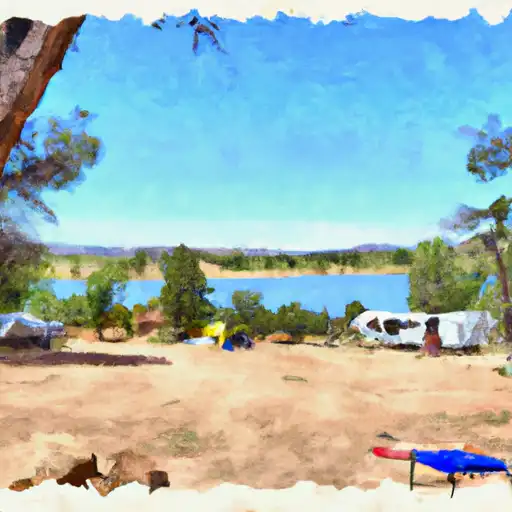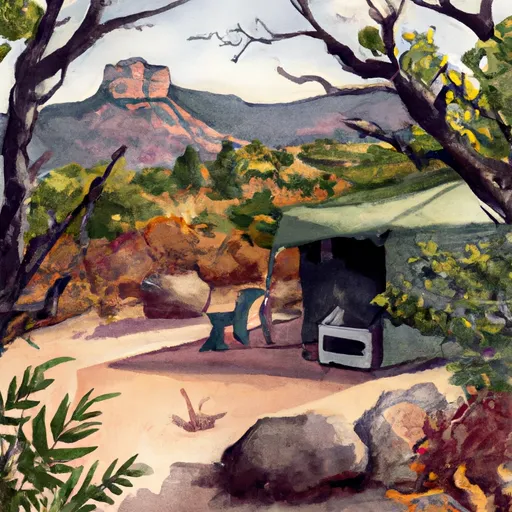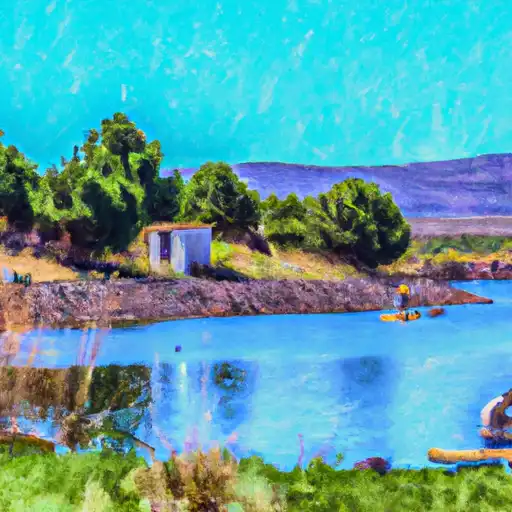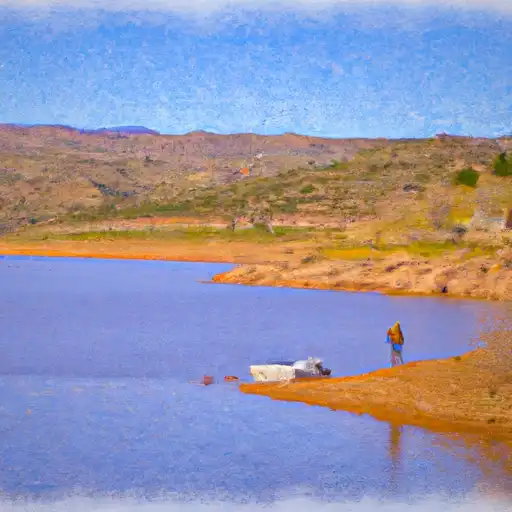Summary
The most prevalent fish species in this area include rainbow trout, largemouth bass, channel catfish, bluegill, and crappie.
Aside from fishing, visitors can also enjoy activities such as hiking, camping, and birdwatching in the nearby Tonto National Forest.
For those looking to fish in the JD Dam area, it is recommended to use live bait such as worms or minnows, or lures such as spinnerbaits and crankbaits. It is also important to fish in areas with structure such as rocks or fallen trees to increase your chances of catching fish.
The best time of year to visit the JD Dam area for fishing is during the spring and fall months when the temperatures are mild, averaging around 70-80 degrees Fahrenheit. During the summer months, temperatures can reach up to 100 degrees Fahrenheit, making fishing less enjoyable. In the winter, temperatures can drop below freezing, making fishing difficult.
Overall, the JD Dam fishing area in Arizona offers a great opportunity for anglers to catch a variety of fish species while enjoying the beautiful scenery and nearby activities.
Weather Forecast
Nearby Streamflow Levels
 Verde River Near Clarkdale
Verde River Near Clarkdale
|
73cfs |
 Oak Creek Near Sedona
Oak Creek Near Sedona
|
485cfs |
 Verde River Near Paulden
Verde River Near Paulden
|
22cfs |
 Oak Creek Near Cornville
Oak Creek Near Cornville
|
76cfs |
 Dry Beaver Creek Near Rimrock
Dry Beaver Creek Near Rimrock
|
0cfs |
 Del Rio Springs Near Chino Valley
Del Rio Springs Near Chino Valley
|
0cfs |
Angling Safety Guidelines
Check local fishing rules, seasons, size limits, and license requirements to ensure legal and sustainable angling.
Handle Fish Responsibly
Use wet hands, minimize air exposure, and release fish gently to improve survival rates when practicing catch-and-release.
Choose the Right Gear
Match your rod, line, and tackle to the species and conditions to increase success and reduce unnecessary harm to fish.
Respect the Waterway
Avoid disturbing habitat, prevent bank erosion, and keep a safe distance from spawning areas to protect ecosystems.
Keep It Clean
Pack out all line, hooks, bait containers, and trash—discarded gear can injure wildlife and degrade waterways.
Related Links
Area Campgrounds
| Location | Reservations | Toilets |
|---|---|---|
 White Horse Lake
White Horse Lake
|
||
 White Horse Lake Campground
White Horse Lake Campground
|
||
 Taylor Cabin Line Camp
Taylor Cabin Line Camp
|
||
 Fernow Cabin
Fernow Cabin
|
||
 Dogtown Lake Campground
Dogtown Lake Campground
|
||
 Dogtown Lake
Dogtown Lake
|

 JD Dam Lake
JD Dam Lake
 White Horse Lake
White Horse Lake
 Perkins Tank
Perkins Tank
 Dogtown Reservoir
Dogtown Reservoir
 J. D. Dam
J. D. Dam